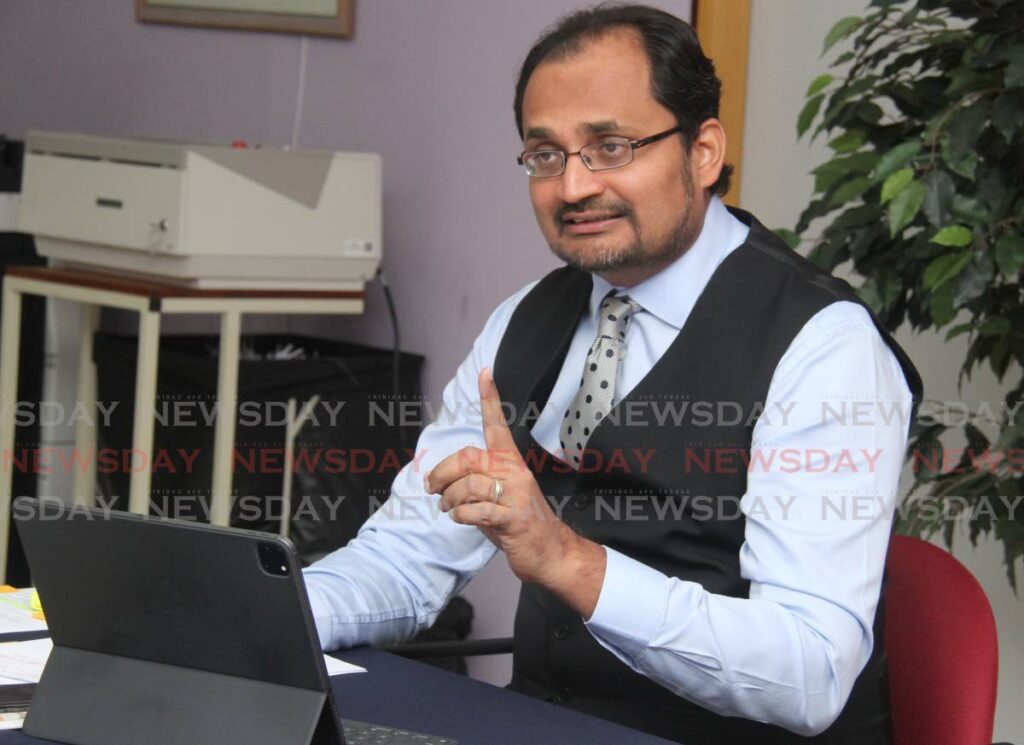Why use external labour market survey?
Written by Newsday on December 24, 2024

Part 1
THE TEACHER labour market is peculiar since the state retains monopoly power over the recruitment and retention of teachers. It is a highly unionised occupation where remuneration is agreed upon through a process of collective bargaining.
Historically, teachers’ salaries have been low since teaching was considered sub-professional. This forced many people to enter and leave the profession for alternative careers, much to the detriment of the education system. This situation can even be more acute at the secondary and tertiary levels for particular subject areas such as science, mathematics and technical vocational areas.
Teaching thus has to compete with other professional occupations open to graduates. Striking the right balance between remuneration, terms and conditions of engagement and overall job satisfaction has always been a challenge in order to attract and retain highly motivated, skilled professionals in teaching. The teacher labour market does not function in a vacuum.
The state of the labour market in general and the relative positions of teachers compared to other qualified individuals is of crucial importance in determining the supply of teachers at all levels, as well as their retention.
Being a highly feminised profession, it is also critical that teachers’ compensation does not reflect a huge disparity with other professionals that require similar skill sets, qualifications and competence lest a strong argument can then be made for gender discrimination and an undervaluing of the contribution of women to the development of the society.
Research has consistently shown a strong correlation between higher teacher compensation and retention.
The inherent appeal of teaching depends upon the supposition of corresponding total compensation; this being a comparison of the total reward to be gained from teaching, both intrinsic and extrinsic. Unfortunately, the output of teachers is challenging to quantify in traditional ways and many commentators use this as a basis for the gross undervaluation of the worth and output of teachers.
Teaching is a highly-skilled, full-time job requiring emotional skill sets that many are unable to appreciate looking on from the outside. Fortunately, teacher salaries can be appropriately compared to the salaries of other jobs that more formally cover a 12-month period using the Hay Method, which measures jobs by assessing three distinct factors – knowledge needed for the job, problem-solving/thinking required by the job, and the extent to which the job is accountable, within procedure, policy and managerial control/supervision.
Although teachers are in the classroom for fewer than eight hours per day, 39 weeks per year, fully engaged professional teachers put in many more hours than that formal schedule suggest.
The job of the teacher is not restricted to delivering formal curriculum, but also of continuously developing new knowledge and skills, improving curriculum and the overall management of their school. It also incorporates an informal curriculum which is situational and dependent on the professional judgement of the teacher.
High-quality teaching cannot be exclusively accomplished within a six-hour day and nine-month school year as many people naively think.
Any effort to strengthen teaching as a profession and improve student learning outcomes through standards-based reform must be aligned with compensation and is an effort to secure the future of the nation.
As we progress from an industrial to an information, high-performance economy, compensation methodologies must see a concomitant evolution, especially for a sector whose contribution is sufficiently irreplaceable to be deemed an “essential service” in the law.
This designation is significant in many ways. There is a rich body of human resource management research that shows adding an extrinsic element to an intrinsic motivator enhances overall motivation and job satisfaction, which ultimately enhances worker productivity.
The recommendation of the 1985 Special Tribunal award to rationalise jobs in the public service eventually prompted government to hire an independent consultant (KPMG) to undertake a job evaluation of the teaching service (1997-1999). This extensive exercise led to the development of job descriptions for positions in the teaching service, along with delinking from the rest of the public service.
This was an acknowledgement of the need to use a scientific, data-driven methodology to determine the output and consequently the worth of teachers. This exercise culminated in the salary negotiations for the period 1999-2002 being based on the use of an external labour market survey (ELMS).
Since then, all salary negotiations for teachers up to the 2011-2017 period have essentially relied on the use of an ELMS, even though TTUTA, as a mark of compromise, has consistently agreed to variations in the use of the approach over the years.
The post Why use external labour market survey? appeared first on Trinidad and Tobago Newsday.




